Yesterday, I had a 360-assessment debrief with one of my clients. I knew it would be an invaluable session to her because I saw so many insightful responses come through in the week before.
She is a real superstar in her company. She constantly delivers great work and her team loves working with her.
But her boss brought in a whole new perspective for her to consider.
He values her skills as a subject matter expert, but now he says to move up she’ll have to be more strategic.
“What does that even mean?” my client asks.
Let’s begin by analyzing her current business scope.
By this point in her career, she has developed an area of expertise. She’s worked hard to make that her strength.
So, no wonder, she is now curious what her boss means with being more strategic and less in the weeds of the work that requires her expertise.
For her, it is important to understand that leaders have more of a panoramic perspective instead of a tight focus. They step back to take in the broader view, the bigger picture.
If you want to become a strategic leader, you’ll need to train your brain to think with a wide-angle lens.
I want to share with you a few quick examples to demonstrate that contrast.
- With a tight focus, you concentrate on the performance of the direct reports. With a wide-angle lens, you envision strategies to leverage the skills of other teams across lines of business locally and globally.
- With a tight focus, you stay plugged into the details and the day-to-day deadlines that must be met. With a wide-angle lens, you understand the granular level, but you balance that with a long-term vision, annual goals, and future plans.
- With a tight focus, you feel a strong personal commitment to a project. With a wide-angle lens, you feel accountable to the project, to your team members, and to the organization overall.
When you become a strategic leader with a wide-angle lens, the scope expands significantly.
If you want to demonstrate your growth as a strategic leader, start stretching the scope of your thought processes in these four areas.
1) Organizational Perspective
Shift some of your energy from day-to-day operations to considering the company’s overall business plan and vision. Instead of focusing on tactical moves, take part in strategic initiatives like replacing a legacy system or instituting a development program.
To put yourself in a position where you have more opportunities to be strategic, you might want to shake things up. Consider seeking a global assignment. Apply for a rotation program, if that’s available. Ask to participate in managing a vendor network. The key is to challenge yourself to stretch.
2) Market Perspective
Make sure you have a solid understanding of your company’s position in the market overall. Know the competition, their relative sizes, targets, market share, and value propositions. How does your company stack up? Plus, what are industry trends that affect the market and what could this mean to your organization?
Be the person who thinks about your organization in context on this bigger stage.
3) Customer Perspective
Take a deeper dive into the mindsets of your customers. Put yourself in their habitats. Watch them as they use your products, enroll in your services, and interact with your people. From their viewpoint, what’s it like to do business with your company? Ask questions, review data, and observe behaviors.
With that knowledge, you may be able to anticipate changing consumer needs before you commit to the next version of your product or service.
4) Financial Context
Think about the broader financial implications of your expenditures, not just the impact on your quarterly departmental budget.
In fact, try thinking about them as if you were the CEO. Is there an overlooked way to save money through economies of scale? Could we spend more now to significantly increase revenue by year end? Changing the magnitude of your thought process on budget issues will send a clear signal that you’re ready for a role at a higher level.
By expanding your perspective in all of these areas, you’ll become more strategic, and before long the people around you will notice you’re thinking like a real leader with a wide-angled, strategic perspective.

